Chronic Constipation
If your bowel movements are difficult or happen less often than normal, it may be a sign of chronic constipation Chronic constipation is a condition marked by irregular bowel movement and difficulty in passage of stools. If...
READ MOREAcid Reflux Disease
Do you have a burning sensation in the throat, sometimes producing a sour or acidic-tasting fluid in the throat? Acid reflux disease is caused when the stomach acid flows back up into the esophagus or food pipe. Acid reflux is...
READ MOREPainful cramps and constipation? It could be Irritable Bowel Syndrome (IBS)
Irritable bowel syndrome (IBS) is a common disorder of the large intestine (colon). This disease may not have severe signs and symptoms immediately. Consulting the gastroenterologist, managing diet and having a healthy lifestyle...
READ MOREThe key to accurately diagnosing hernia is anatomy
Hernia is a condition where an organ pushes through the muscle or tissue that holds it. Hernia is seen to occur in the upper thigh, belly and groin areas. To prevent the dangerous complications of hernias medications and surgery...
READ MOREPancreatitis: Severe or chronic cases are life-threatening
Pancreatitis is the inflammation of the pancreas. Pancreas is a flat and long gland situated behind the stomach. It produces different enzymes to help the digestion process. Pancreas produces the hormone, insulin that helps to...
READ MOREGastrointestinal Stents: Safe and Effective alternative to Surgery or Repetitive Endoscopic Procedures
Stents are used to enlarge/correct the narrowed blood vessels or other channels in the body. In gastroenterology, stents are used by surgeons to open up bile ducts, esophagus, small bowel and colon which may be diseased or...
READ MORE

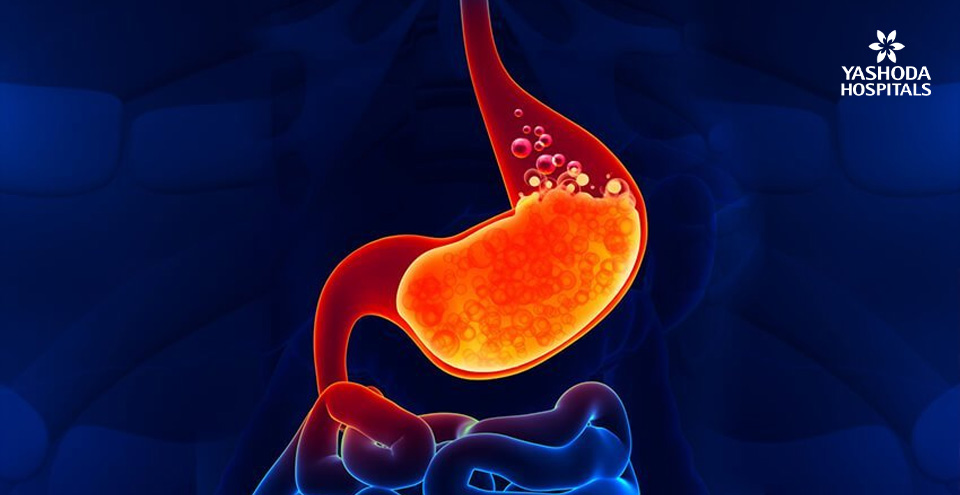
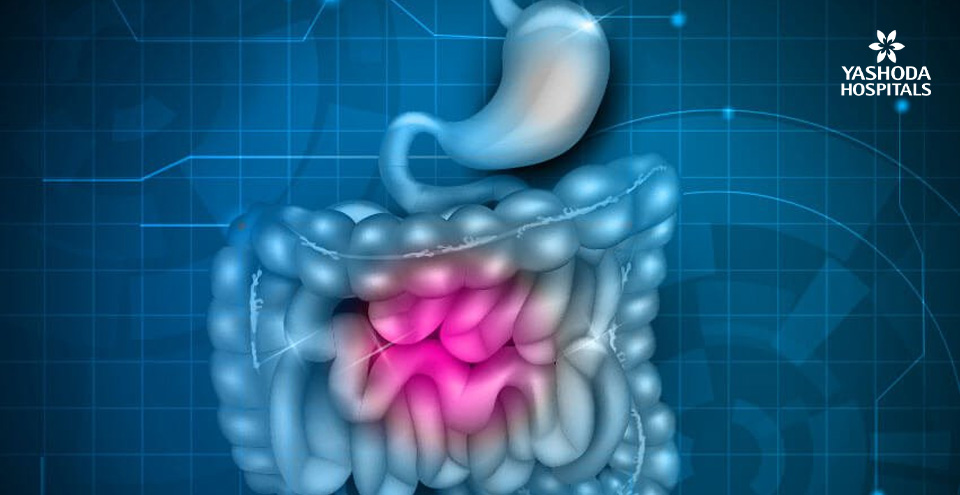
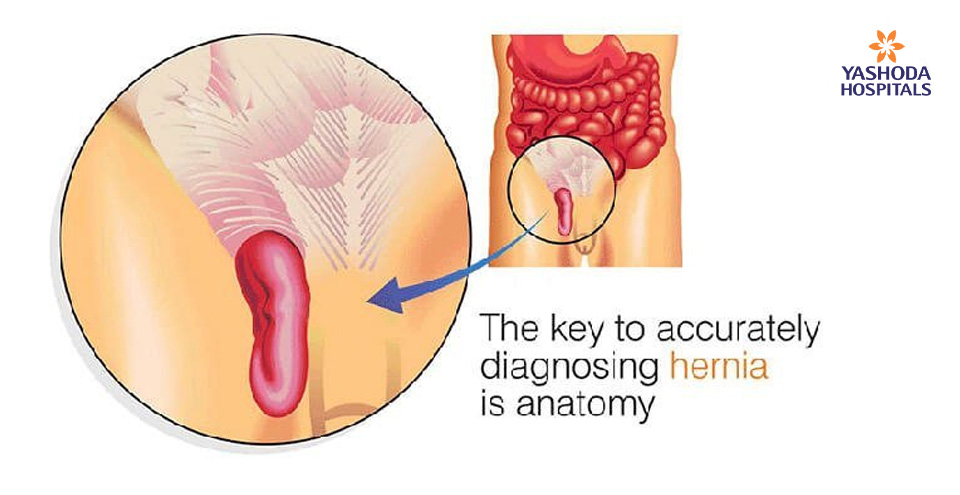
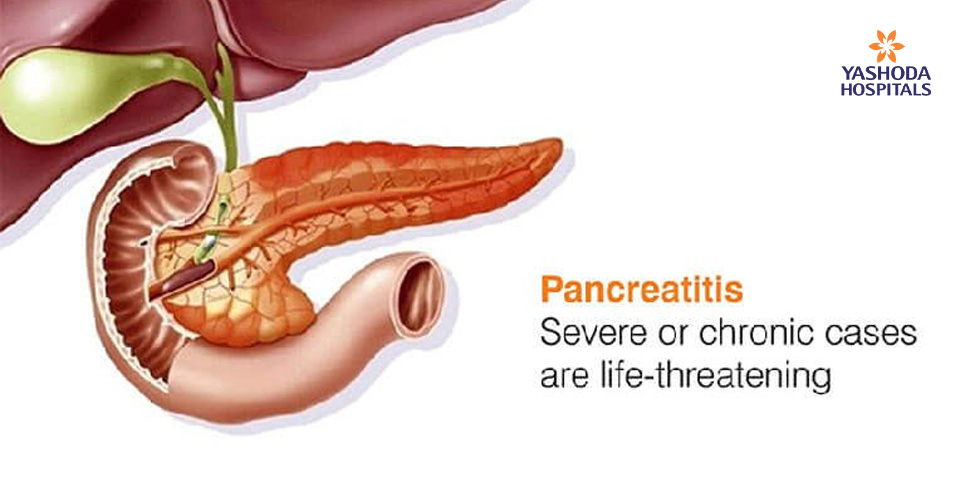
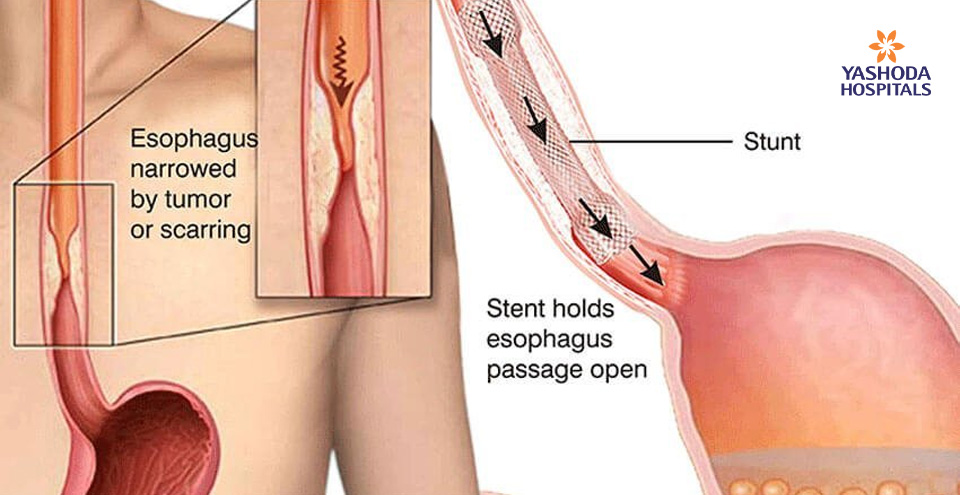
 Appointment
Appointment WhatsApp
WhatsApp Call
Call More
More

